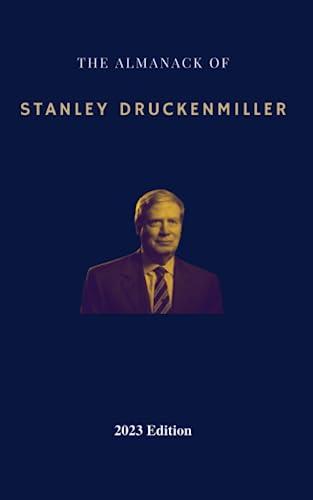Answered step by step
Verified Expert Solution
Question
1 Approved Answer
QUESTION ONE A risk neutral expected utility maximiser is facing an investment opportunity, which is a risky project. Her utility, u (y) is a function
QUESTION ONE
- A risk neutral expected utility maximiser is facing an investment opportunity, which is a risky project. Her utility, u (y) is a function of the net monetary return of the project, where y is the net return. When she makes an investment of I (>0), the project yields a gross return of 200ln (I) on the investment with probability 0.2 and a gross return of 1000ln (I) with probability 0.8.
How much should she invest to maximize her expected utility?
- Suppose there are two risky projects A and B. A random variable XAdenotes risky project As return, while a random variable XB denotes risky project Bs return. Both risky projects have the same expected return, but the variance of the return on project A is larger than that of project B. Can you conclude that a risk-averse agent always prefers project B over project A? Explain.
- Suppose you are facing an investment opportunity that has a 1% chance of making 10y and 99% chance that it pays nothing. As an expected utility maximizer, whose utility function, u (z) = exp (cz) where z is a monetary payoff and c > 0, what is the risk premium for this investment? Describe the risk premium as a function of c and y.
- How does the risk premium in (c) change as y changes.
QUESTION TWO
There are distinct portfolios, A, B and C.
| Portfolio | Expected Returns | Standard Deviation
|
| A | 0.2 | 0.2 |
| B | 0.3 | 0.4 |
| C | 0.27 | missing |
AB = 0.5
- Determine the variance of portfolio C.
- Using portfolios A and B above and given that the risk-free rate is 3%, compute the maximum feasible Sharpe ratio for the tangent portfolio, T.
- Compute the correlation, A, T, between the tangent portfolio, T and portfolio A.
- If T is the tangent portfolio, evaluate the beta of portfolio A when the risk free rate is 3%.
QUESTION THREE
- Can you be certain that a rational investor with the utility function u (x) = -3 x2 + 45x will prefer mean-variance efficient portfolios? Explain.
- If you did NOT know an investors utility function, what other conditions will be required so that we are certain that a rational investor will prefer mean-variance efficient portfolios?
- The correlation between the returns on risky assets A and B is zero. Can we combine A and B to create a risk-free portfolio? Explain.
- Can two distinct risky assets A and B be combined to create a risk-free portfolio that comprises A and B only? Explain.
- Define the efficient frontier of risky assets, mathematically, where there is no risk-free asset but short sales on risky assets are allowed.
QUESTION FOUR
a) The cash flows, CF of a firm are distributed as follows:
| State | CF | State Probability |
| 1 | 0.65 | 0.2 |
| 2 | 0.75 | 0.4 |
| 3 | 1.65 | 0.4 |
| 4 | 2.25 | 0.2 |
|
|
|
|
|
|
|
|
- A cash inflow is expected to be realised, following the distribution above, at the end of each year, for ten consecutive years. Calculate the expected cash flow and its standard deviation.
- The expected return of the stock market is 20% per annum with an annual standard deviation of 1.5 while the correlation of cash flows of the firm and market returns is 0.3. Calculate the beta of the firm.
- Calculate the risk-adjusted discount rate if the risk-free rate is 4% per annum.
- Evaluate the present value of the cash flows.
- Discuss the value and difficulty associated with estimating the fundamental value of risky investments. Explain the importance of valuing the flexibility that a firm has to strategically change its operations after a project has commenced operations. Compare the value of this flexibility with the value of the cash flows.
Step by Step Solution
There are 3 Steps involved in it
Step: 1

Get Instant Access to Expert-Tailored Solutions
See step-by-step solutions with expert insights and AI powered tools for academic success
Step: 2

Step: 3

Ace Your Homework with AI
Get the answers you need in no time with our AI-driven, step-by-step assistance
Get Started


